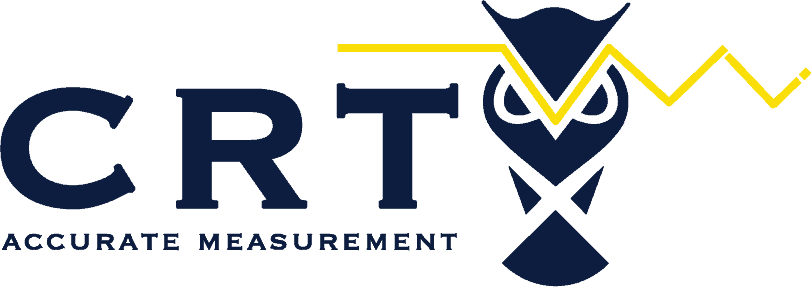10 Ways To Effectively Use LACT Control System Data
A common response I receive from new customers when we install a new LACT control system is “this seems like too much data”. In a segment of the industry where .5-1% O&S is the norm, I wonder if this is possible. It has become a personal mission of mine to help customers see the various ways that the large amounts of data collected by the LACT control can be effectively used. I have listed ten of the most commonly utilized by our customers. There are more than listed and I always look forward to seeing the inventive ways our customers find to use “too much data”.
1. Be notified in real-time of differences between driver measured volumes and values -vs- LACT values. Many companies pay on the lease run ticket and only verify with the truck LACT. What good is that unless the two values are compared with each other in the same system in real time so you can actually take action.
2. Track the overall accuracy of individual drivers as well as that of their entire transportation company. For LACT control systems, it is important to compare accuracy ratings of third-party haulers against each other. If you rely on third-party haulers to accurately measure your oil, don’t you need to be able to quantify how well they are each doing?
3. Lockout drivers who are consistently negligent until they are retrained. 5% of the drivers into a facility cause 80% of the error, obviously with temperature measurement being the main problem. Being able to identify the few people who need additional training instead of all can be a huge saving.
4. Smart Exception reporting allows review of the 20 problem tickets instead of the 200 accurate tickets. Nobody got time for that……..
5. Keep separate samples pots as well as totals and flow-weighted averages for each hauler, even setting different BSW limits for each based on contract. This multi-user LACT Control System approach allows fewer LACT units to service more customers.
6. Provide ticket, total, and accuracy information to all haulers and customers daily via email or website. This prevents the inevitable “you missed a ticket 45 days ago” phone call. It also provides a level of transparency appreciated by all.
7. Track and trend individual lease data, providing insight into not only quantity but quality in real time. Quality problems occur at the lease not at the offloading terminal.
8. Analyze and alert on measurement data such as temp, press, BSW, and smart meter diagnostics to prevent small errors. A slight drift in a temperature transmitter can go unnoticed for months and cost thousands. A smart system that is comparing trend data from that transmitter to others can alert you to potential issues. Smart meter verification of Coriolis meters is another way to catch potential problems early.
9. View live LACT values, terminal overviews, tank volumes, alarms, and more online. This allows technicians to monitor unmanned and remote sites more thoroughly than the normal once a day drive by. Being able to view equipment data and video through a web interface can also prevent the middle of the night callout to resolve simple issues.
10. Use LACT, tank, and pipeline meter data to create instantaneous facility inventory and OS reports. Halfway through the next month is not the ideal time to be tracking down a short, daily reporting can help resolve the issues before EOM and not after.




